Solar Panel Cleaning: Why, When, and How to Do It Right
Last Updated: 29th Jul 2025
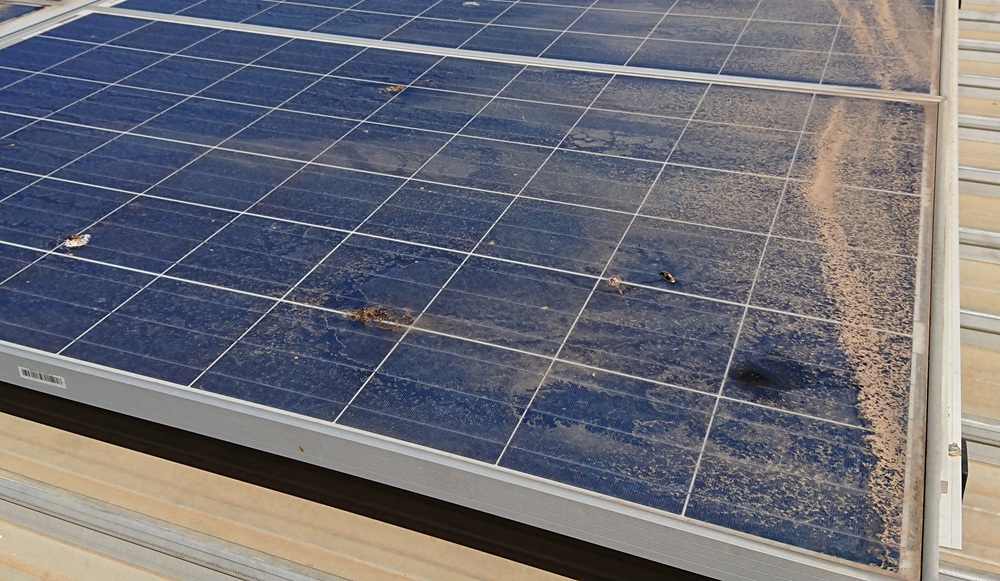
Why Clean Solar Panels?
Dust, pollen, and bird droppings aren’t just ugly — they can slash your solar panel output by up to 30%. If you live in a dusty or pollen-heavy area, regular solar panel cleaning is a must.
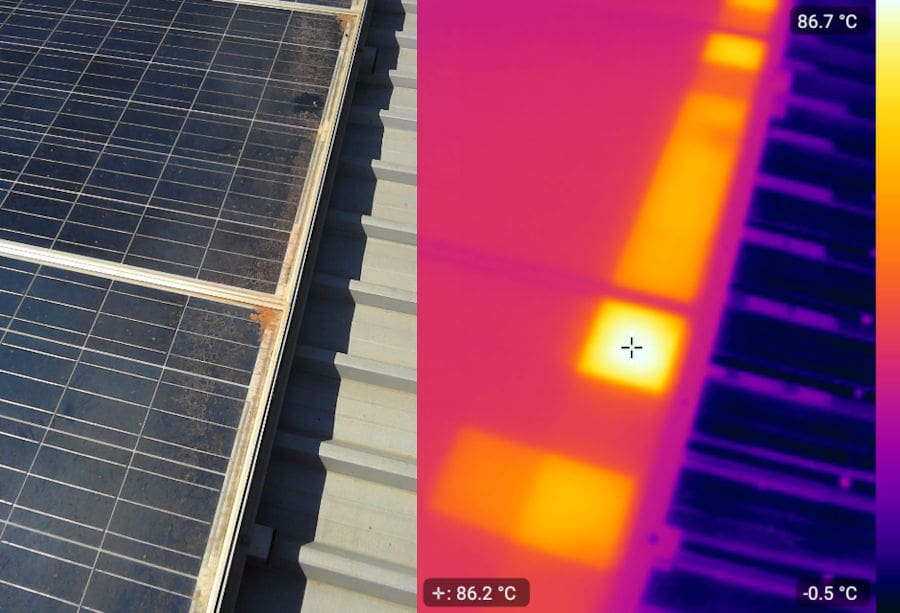
When Should You Clean Your Solar Panels?
For most residential systems with panels tilted at an angle of 10 degrees or more, rainfall typically is enough to keep them clean. However, manual cleaning may be necessary if:
- You live in a very dry area where rain is infrequent.
- Your panels are installed flat or at a very low angle, preventing effective self-cleaning.
- There is visible buildup of debris, such as bird droppings, leaves, or pollen, that rain hasn’t washed away.
- You notice a significant drop in energy production without any other apparent cause.
The Impact of Panel Tilt on Cleaning
How you angle your panel affects its output. Depending on where you are in Australia, the ideal solar panel angle varies. However, your solar panel’s tilt not only affects how much power it generates for you. It also significantly affects their ability to self-clean.
Flat or Low-Angle Panels (10° or less)
Panels installed flat or at a very low angle are prone to soiling, as water doesn’t run off at any pace, effectively concentrating sparse dust into concentrated dirt. This buildup — after the water evaporates — cements, creates shade, and leads to significant efficiency losses if not cleaned regularly.
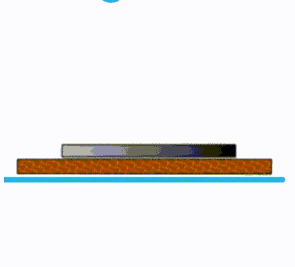
There are ways to get pooled water off your flat panels. You could buy some of these solar panel drainage clips, or you could try our in-house installer Anthony’s hack: using a gum leaf for drainage.
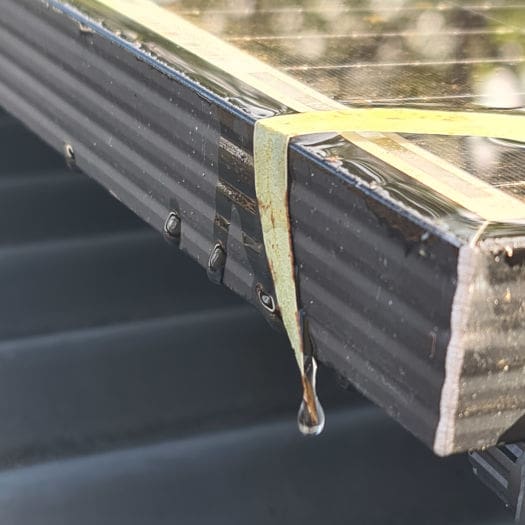
Tilted Panels (10°+)
Panels installed at an angle of 10 degrees or more benefit from natural rainfall, which helps wash away dirt and debris, reducing the need for manual cleaning. This is why the Clean Energy Council (CEC) specifically calls for a minimum panel tilt of 10°.
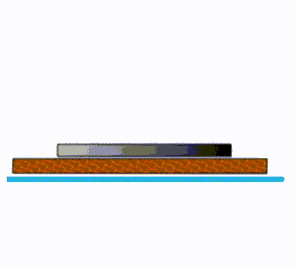
Want to dive deeper into how angles impact dust buildup and efficiency? Check out our blog post for a full breakdown.
How to Clean Your Solar Panels
Safety First!
If your solar panels are hard to reach, in a risky spot, or you aren’t confident about getting up on the roof, don’t take chances — working at heights is a leading cause of death and serious injury. Hire a professional. Lots of window cleaners are trained to clean solar panels too.
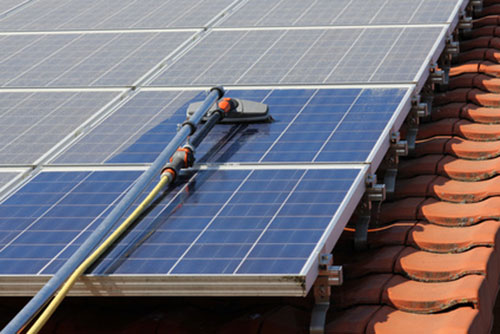
Cleaning Steps:
- Choose the Right Time: Clean your panels during the early morning or late afternoon when they’re cooler. This prevents thermal shock: rapid temperature changes could damage the glass.
- Use Appropriate Equipment: Utilise a soft brush or sponge with a long handle to avoid scratching the panels. Avoid abrasive materials that could damage the surface.
- Select Suitable Cleaning Agents: While plain water is often sufficient, for stubborn grime you can use a glass cleaner or isopropanol. Avoid harsh chemicals like dishwashing liquid, as they can leave residues that reduce efficiency.
- Rinse Thoroughly: After cleaning, rinse the panels with clean water to remove any soap residue.
- Avoid using high-pressure washing machines: these can damage the panels. The frame is designed to protect the most vulnerable part of the panel — the edge where the EVA, cells, and glass are layered together. However, it can also focus the force of a high-pressure cleaning jet. If this layered structure is damaged, electrical faults can occur, making the panel unusable.
Note: Avoid walking on panels, as this can damage them.
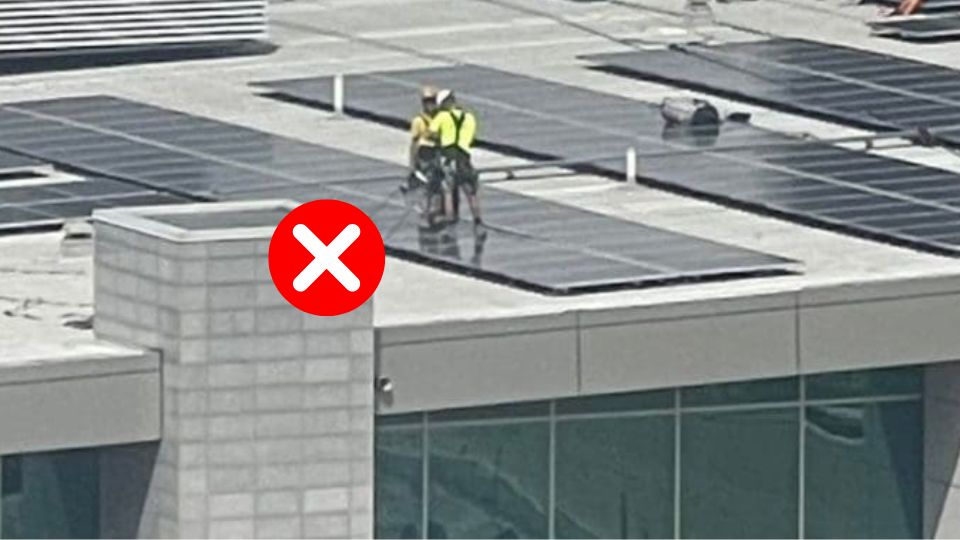
Conclusion
Keep your solar panels clean, and they’ll keep delivering maximum power. Rain helps, but it’s not always enough — knowing when and how to clean them matters. Stay safe, and if access is tricky, get a pro. A little maintenance goes a long way in protecting your investment.
If you want to know everything you need to choose the right solar panels, read my guide on buying solar panels.